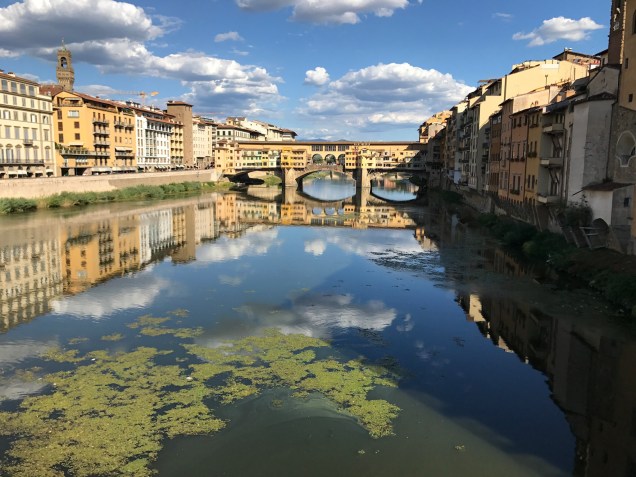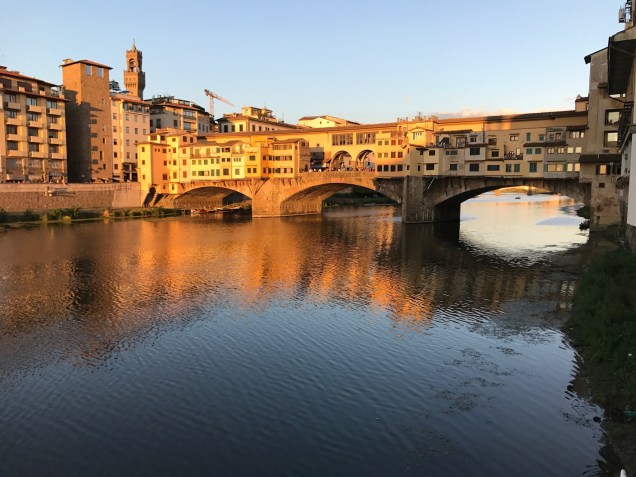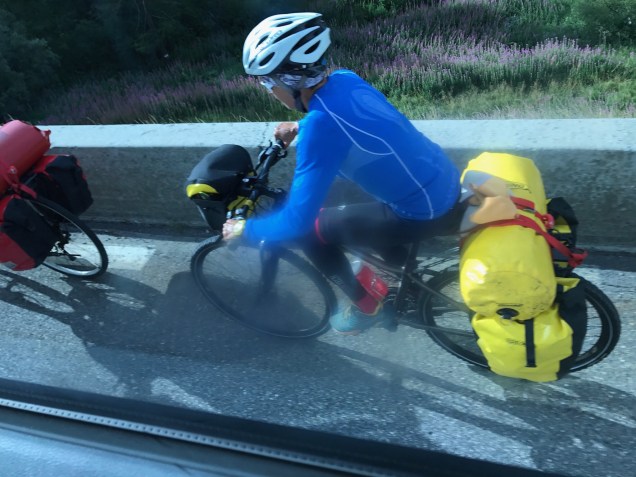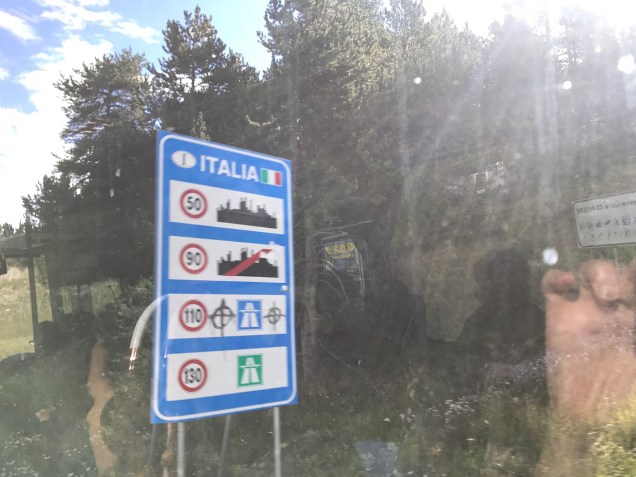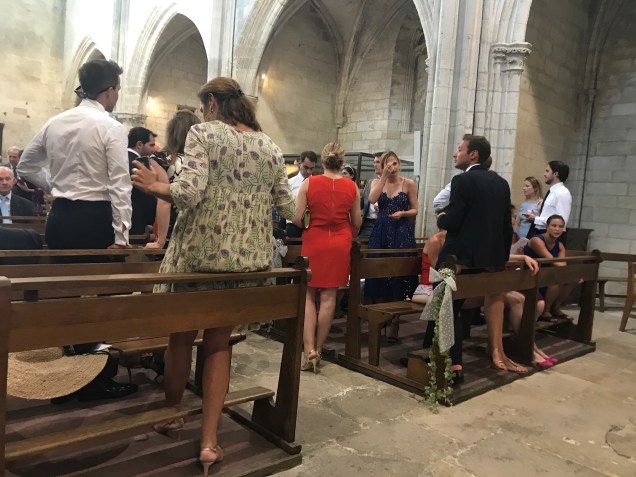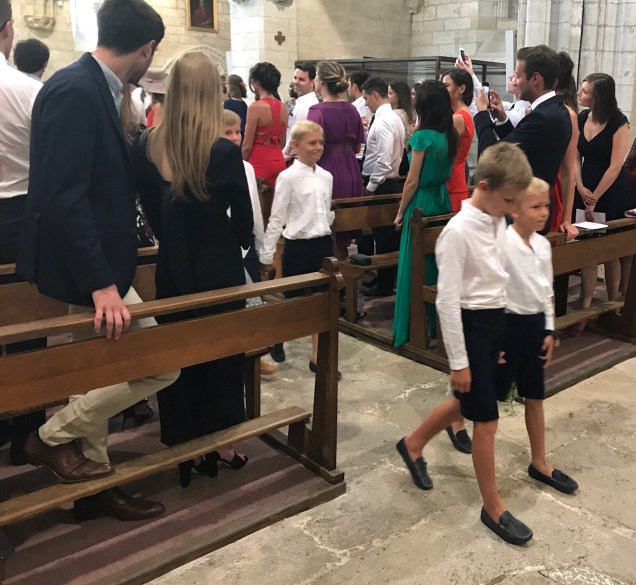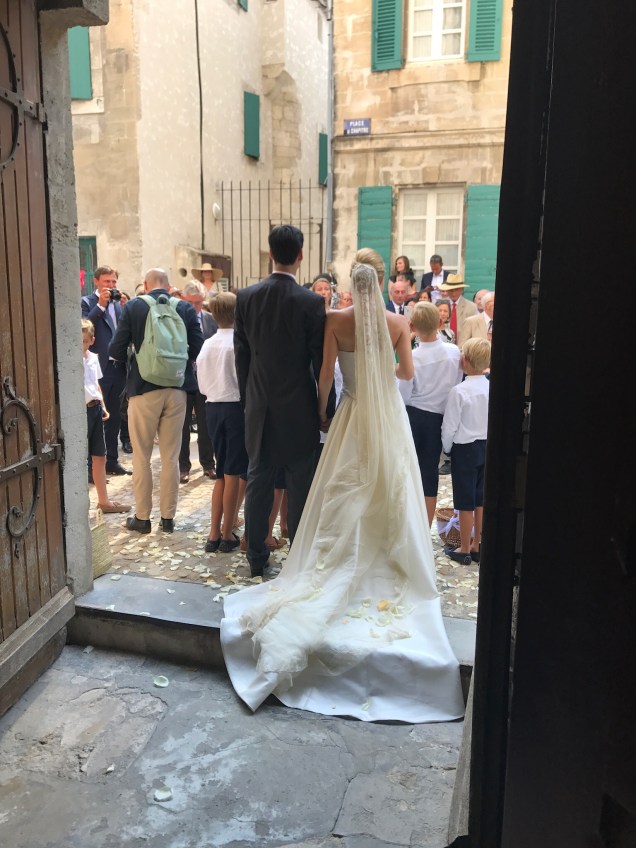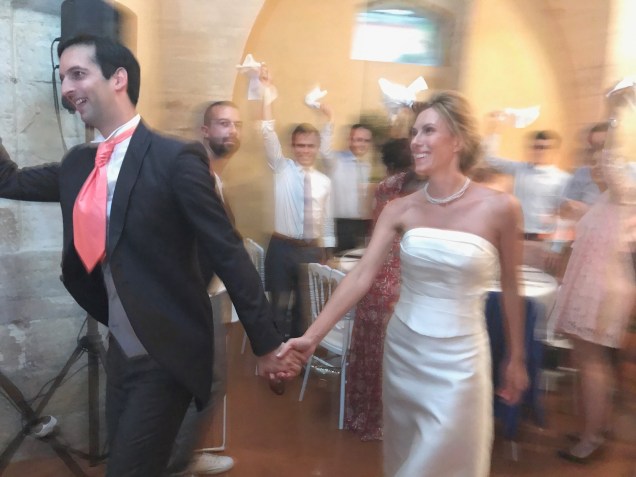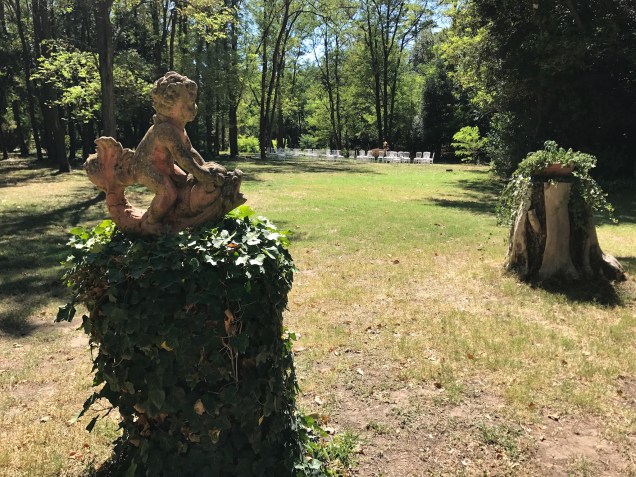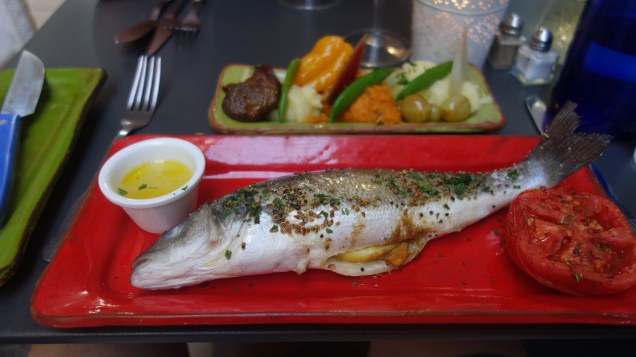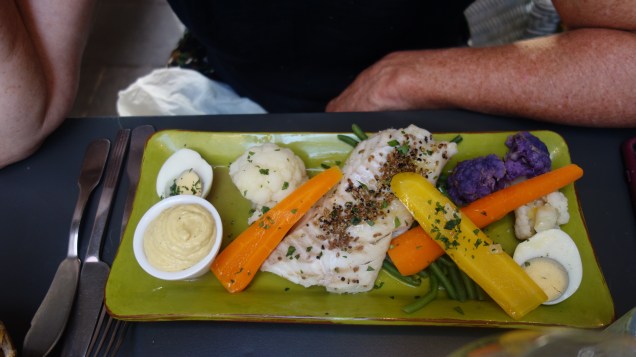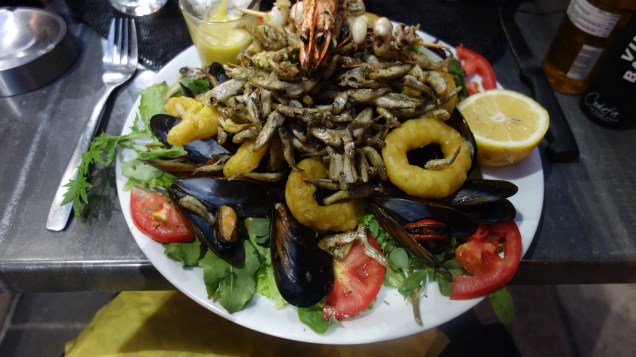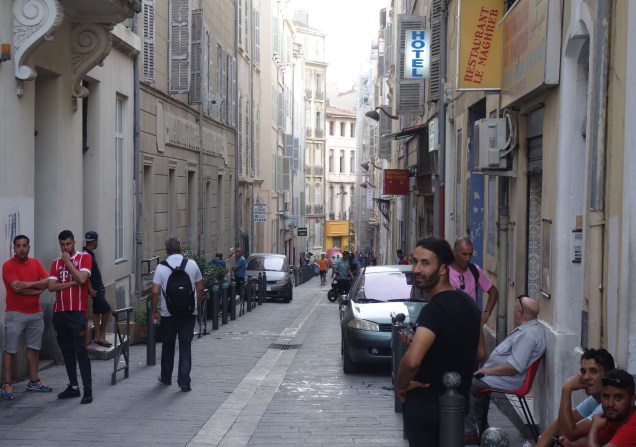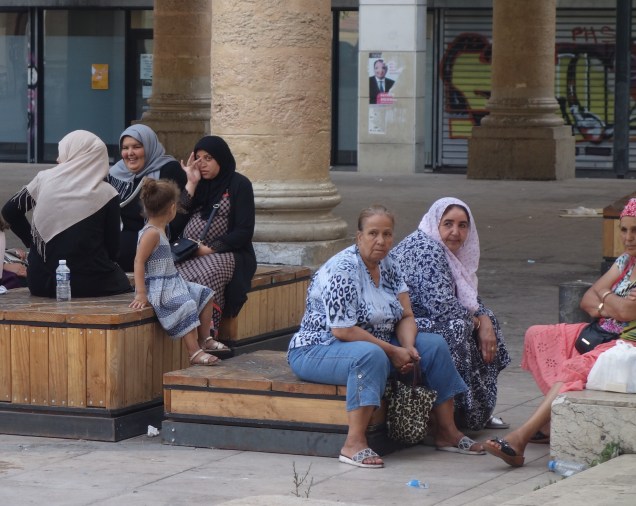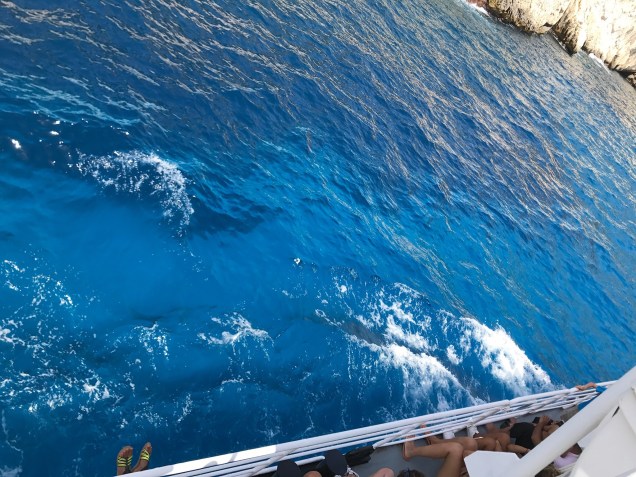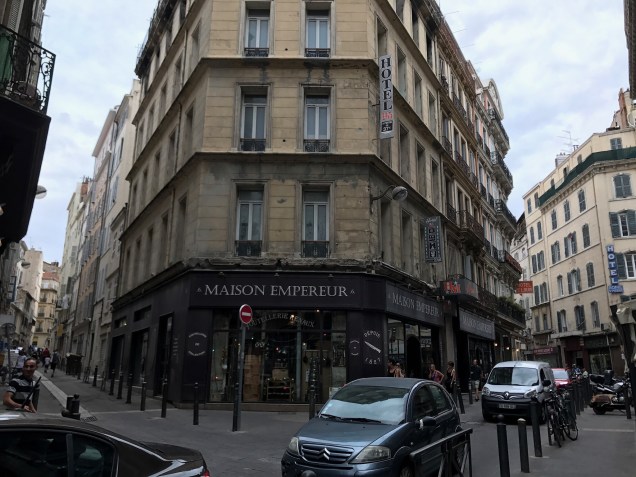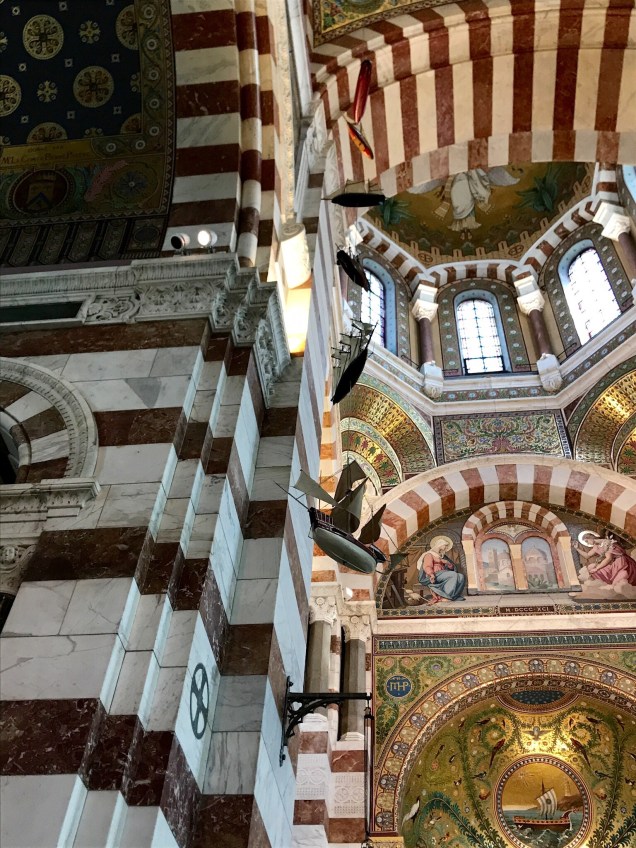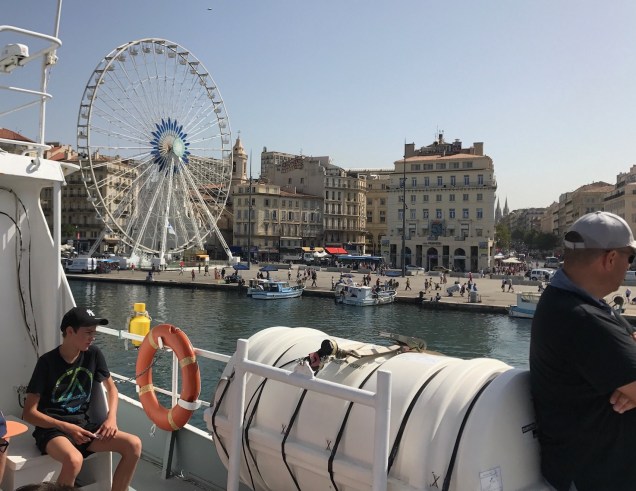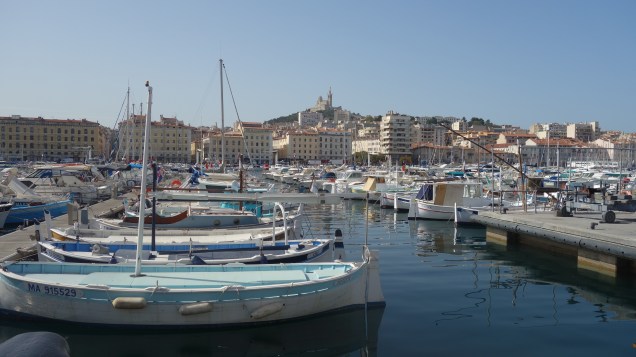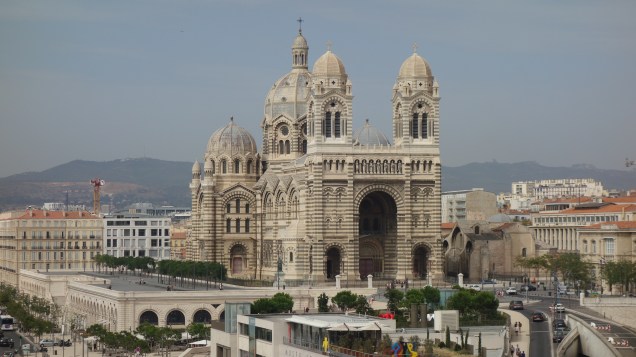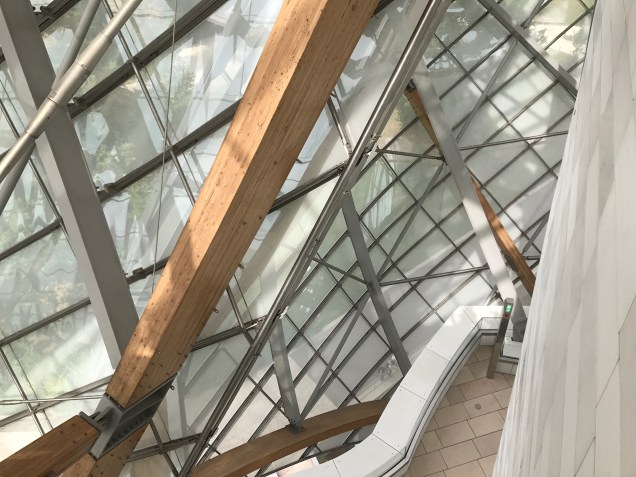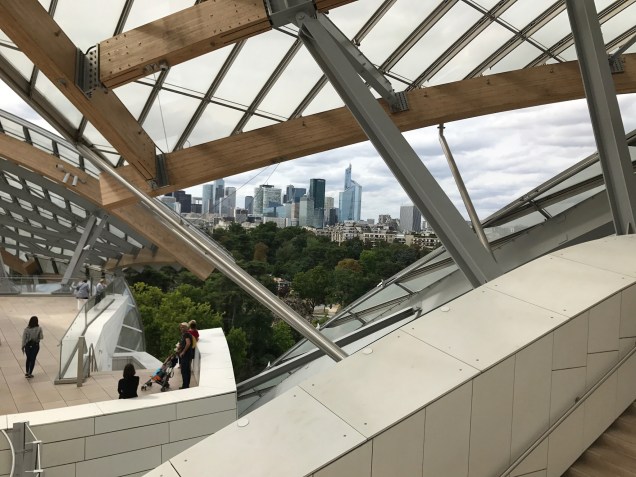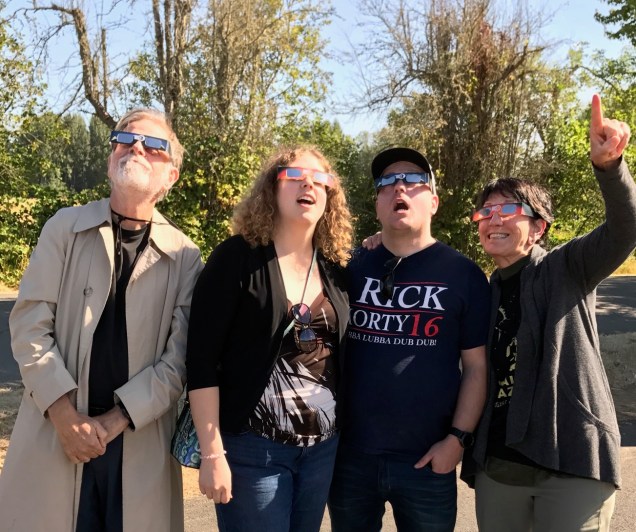
I saw my first total solar eclipse on a hilltop in Germany 18 years ago. It took place on Steve’s 50th birthday. Months earlier, when I had heard that the two events would coincide, I had worked to arrange a house (and car) trade with a family in Bavaria, and on the big day, Steve and Michael and Elliot (then 14 and 10) and I piled into the Bauer’s little Ford and headed out, seeking a viewing site. It was a stormy day, and we had a wild time, trying to find clearer skies and a well-situated town from which to witness the spectacle. We found a town but had a terrible time parking. Still, we managed to work our way to a spot within the throng that had gathered to watch the sun disappearing between the passing storm clouds. The clouds parted right before the astronomical climax, and my family’s shouts of amazement and gasps of pleasure joined in the general chorus.
It felt electrifying, and when it was over, I vowed to travel to every other total solar eclipse viewable on the planet in my lifetime. That impulse was sincere but impractical, and my resolve was short-lived. Total eclipses aren’t that infrequent, but they’re far-flung and expensive to get to. I hadn’t made it to a single additional one when I heard about the coast-to-coast extravaganza that would take place in the United States on August 21st this year. That fired me up again.
It occurred to me that if I used our frequent-flier miles to transport us home from Europe to Portland, instead of San Diego, we could snag inexpensive tickets home to San Diego the day after the eclipse. Also, I have a niece who lives in Portland, a city I’d never visited. So we set eclipse-viewing plans in motion.
We refined them a bit in the late spring and early summer. Our son Michael and his girlfriend Stephanie decided to fly in from Reno to join us. We also began to rethink my original plan for where to view the event. Portland was just outside the zone of totality, and I knew that clear skies on the Oregon coast were not a sure thing. At first I reasoned that, if necessary, we could get up early and drive over the mountains to the hot, dry side of the state. But in June we began to hear stories about the huge crowds that would be flooding in. Authorities warned about the need to stockpile food and fuel and even water. Envisioning the nightmare of being stuck in a massive traffic jam on a small road through the Cascades, we resigned ourselves to accepting whatever the weather gods delivered for Salem (well within the totality zone and only a 75-minute freeway drive from Shannon and Jimmy’s house). As Steve and I traveled in Europe over the past few weeks, I sneaked peeks now and then at the upcoming Salem weather; mostly I found jolly yellow balls predicting sun, but at other times, partial clouds were forecast. That was depressing; by the time we landed in Portland Saturday night, I had decided to just stop thinking about it.
Sunday the skies in Portland teased us — clear part of the day but obscured by light clouds and haze at other times. The prediction for Monday in Salem, however, continued to be a bright yellow ball. When we walked outside around 5 am on Monday morning, Venus, shone brightly, almost directly overhead.
We started driving south at 5:30 and hit patches of traffic. Despite it, we reached Salem under azure skies by 7:15 — three solid hours before Totality. While driving, we’d read online that a huge eclipse party would be taking place at the state fairgrounds — but the tickets were all sold out. Another recommended spot, however, was a park not far from the center of town. We headed there.
Now that I’ve experienced two total eclipses, I have a pretty clear idea of my dream viewing spot for any future ones. It’s on a hilltop crowded with festive fellow eclipse-watchers, some playing guitars and clapping as the color drains almost imperceptibly from the landscape. The sweeping view of the surrounding countryside offers the chance of sensing the shadow of the moon streaking toward one at 1800 miles an hour, in the last fraction of a second before the sky turns black.
Our park in Salem wasn’t quite like that. It was flat, encompassing a couple of huge grassy meadows, but signs warned visitors against walking out on them. Instead people strolled in and arranged folding chairs or picnic blankets along the edges of the open areas. They chatted quietly within their little groups, relaxed as holiday-goers soaking up rays on a beach. I whooped loudly when, a little after 9, my eclipse glasses revealed the first small bite out of the disk, but if anyone else cheered, I didn’t hear them.

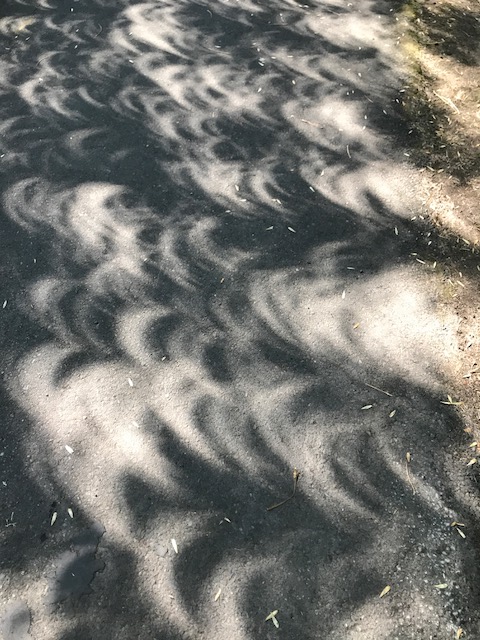
Tension built only slowly. By 9:40, the four of us agreed that the light had shifted into some subtly otherworldly spectrum: colder, weaker. Stephanie noticed that the chirr of insects was growing louder. By 10, a portly older man dragged his wife up the embankment next to us to show her a patch of the pavement where sunlight was filtering through the leaves. He couldn’t resist coming up to us to ask if we too had noticed the splatter of crescent shapes: the shape of the sun’s image projected on the ground. We hadn’t and thanked him for sharing the insight.
More people around us rose to their feet; more voiced comments addressed at large. Anticipation coiled us tighter and tighter as the light grew more surreal with every passing second.
Then it happened. Better writers than me have commented that the difference between experiencing any partial eclipse and a total eclipse is like the difference between riding in an airplane and falling out of an airplane. Or like the difference between seeing a lightning bug and seeing lightning. At the instant that the moon obliterates the sun, people shout, cry out. Tears sprang into Stephanie’s eyes. I know I screamed. Steve, more level-headed, was trying to capture it on his phone. Here’s what he recorded starting just before totality:
<p><a href=”https://vimeo.com/230680395″>Eclipse 2017</a> from <a href=”https://vimeo.com/user25079241″>Jeannette De Wyze</a> on <a href=”https://vimeo.com”>Vimeo</a>.</p>
It lasted only a bit over two minutes. Then we gathered our things and straggled out of the park and slogged through almost four hours of horrific traffic, back to Portland. But we talked about those two minutes, off and on, the rest of the day and evening.
There’s another total eclipse coming in 2023 and another one in South America the following year. I’m wiser now, I’ve already put them on my calendar.
